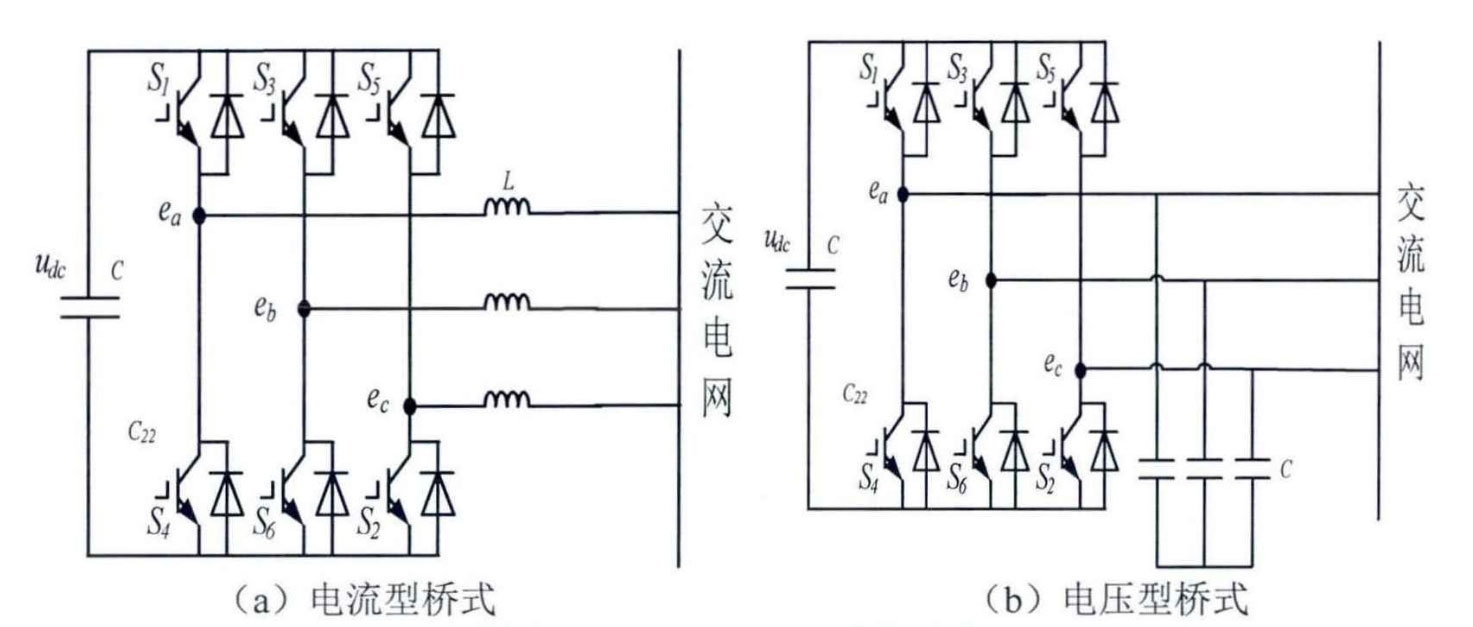If solar grid connected inverters are classified based on control types, they can be divided into four categories: voltage source current type, voltage source voltage type, current source current type, and current source voltage type. Due to the fact that the input of solar grid connected inverters is a current source, an inductor is usually connected in series on the DC side, and its inductance is required to be large to ensure safe and stable control of the DC current on this side. However, this will greatly affect the effectiveness of maximum power tracking of photovoltaic cells.
Therefore, the usual solar grid connected inverters nowadays mainly use voltage source input as their control method, and their output control variables are usually current and voltage parameters. The voltage parameter regulation method essentially involves parallel connection of two voltage sources, and requires the use of phase-locked control to achieve synchronization with the power grid to ensure smooth operation of the system. Based on this, the goal of regulating the output power of the solar inverter is achieved by regulating the phase and amplitude of the output voltage. When using the current parameter control method, only the output current of the solar grid connected inverter can be regulated to achieve the system voltage tracking target, and the output power can be controlled by controlling the phase difference between the grid voltage and the output current of the solar inverter. Due to the relatively simple regulation, current source output and voltage source input are commonly used as the main regulation methods for solar grid connected inverters nowadays.

The main circuit structure of STATCOM can usually be divided into two types: current type bridge circuit and voltage type bridge circuit. The schematic diagrams of its main circuit structure are shown in (a) and (b) of the figure, respectively. On the DC side of the circuit, the current type bridge structure is basically the same as the voltage type bridge structure, with the difference being that the capacitor as the energy storage element is the voltage type, and the inductor as the energy storage element is the current type. On the AC side, the voltage type needs to be connected in series with an inductor to connect to the grid, while the inductor type needs to be connected in parallel with a capacitor.
In summary, the commonly used main solar grid connected inverters are based on voltage source input and current source output, and their main circuit is basically the same as the voltage bridge STATCOM.
Starting from the topology of grid connected solar inverters, a detailed mathematical model is derived, and the traditional dual closed-loop control method of voltage outer loop and current inner loop control is deeply studied. Vector oriented control technology is used to decouple the active and reactive power control of solar inverters.
